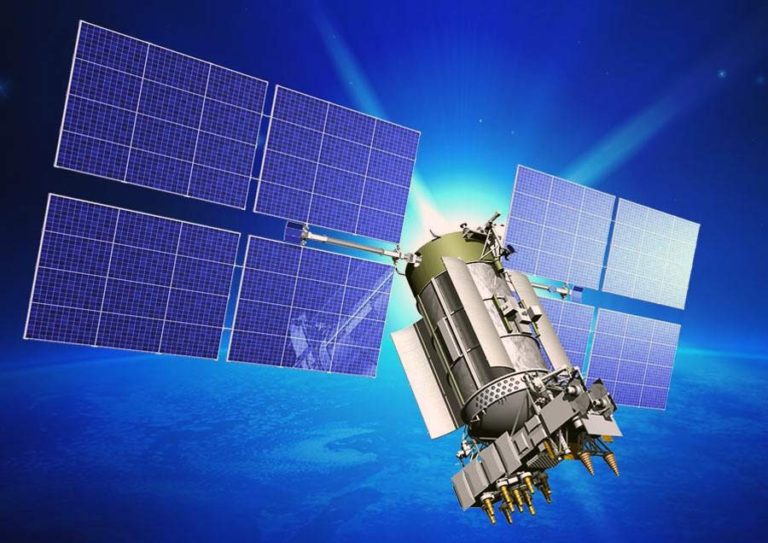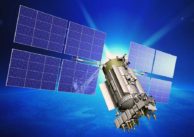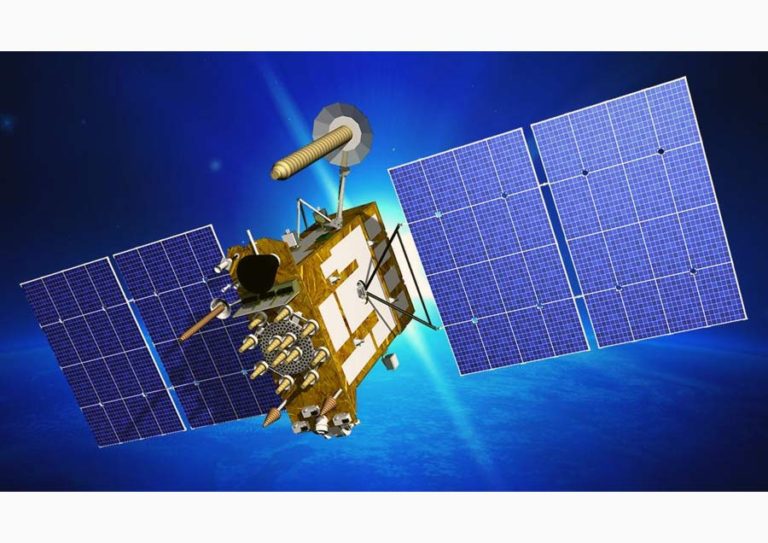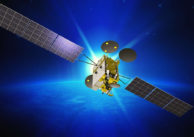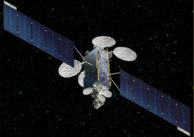Back
GLONASS-K
Glonass-K is a modernized series of navigation satellites intended for the Global Navigation Satellite System GLONASS. As compared to their predecessors – Glonass-M satellites, they have improved technical characteristics and increased mission lifetimes. The most important difference between Glonass-K and the previous-generation series is that Glonass-K satellites are capable of emitting not only FDMA signals in L1 and L2, but also civil CDMA signals in the L3 frequency band. It is expected to boost the system’s accuracy up to several dozens of centimeters.
Glonass-K satellites also carry payloads supporting the International Satellite-Aided Search and Rescue System COSPAS-SARSAT.
The first Glonass-K satellite was successfully placed into orbit in 2011. ISS-Reshetnev Company is currently developing improved second-generation Glonass-K satellites.
Glonass-K satellites are launched from the Plesetsk cosmodrome aboard Soyuz-2-1b / Fregat rockets.
GLONASS-M
Glonass-M satellites form the core of the orbital constellation of the GLONASS system. They provide highly accurate positioning, timing and velocity information to users in the air, on land, at sea and in space. Satellites of this type broadcast four FDMA signals in the L1 and L2 frequency bands.
The GLONASS system, which is comprised of 24 Glonass-M satellites, enables civil users to determine their position anywhere on Earth with an accuracy of around five meters.
Glonass-M satellites can be delivered into orbit in groups or as a single payload. In a group payload configuration a batch of three Glonass-M satellites is placed into orbit by means of a Proton-M / Breeze-M vehicle from the Baikonur cosmodrome. But in case when there is one Glonass-M satellite to be put into orbit, it is launched from the Plesetsk cosmodrome aboard a Soyuz-2 / Fregat launch vehicle.
Glonass Series satellites
GLONASS-K
Glonass-K is a modernized series of navigation satellites intended for the Global Navigation Satellite System GLONASS. As compared to their predecessors – Glonass-M satellites, they have improved technical characteristics and increased mission lifetimes. The most important difference between Glonass-K and the previous-generation series is that Glonass-K satellites are capable of emitting not only FDMA signals in L1 and L2, but also civil CDMA signals in the L3 frequency band. It is expected to boost the system’s accuracy up to several dozens of centimeters.
Glonass-K satellites also carry payloads supporting the International Satellite-Aided Search and Rescue System COSPAS-SARSAT.
The first Glonass-K satellite was successfully placed into orbit in 2011. ISS-Reshetnev Company is currently developing improved second-generation Glonass-K satellites.
Glonass-K satellites are launched from the Plesetsk cosmodrome aboard Soyuz-2-1b / Fregat rockets.
GLONASS-M
Glonass-M satellites form the core of the orbital constellation of the GLONASS system. They provide highly accurate positioning, timing and velocity information to users in the air, on land, at sea and in space. Satellites of this type broadcast four FDMA signals in the L1 and L2 frequency bands.
The GLONASS system, which is comprised of 24 Glonass-M satellites, enables civil users to determine their position anywhere on Earth with an accuracy of around five meters.
Glonass-M satellites can be delivered into orbit in groups or as a single payload. In a group payload configuration a batch of three Glonass-M satellites is placed into orbit by means of a Proton-M / Breeze-M vehicle from the Baikonur cosmodrome. But in case when there is one Glonass-M satellite to be put into orbit, it is launched from the Plesetsk cosmodrome aboard a Soyuz-2 / Fregat launch vehicle.








